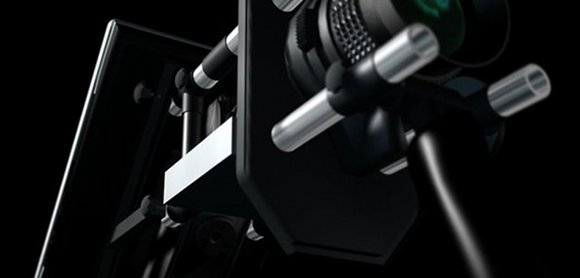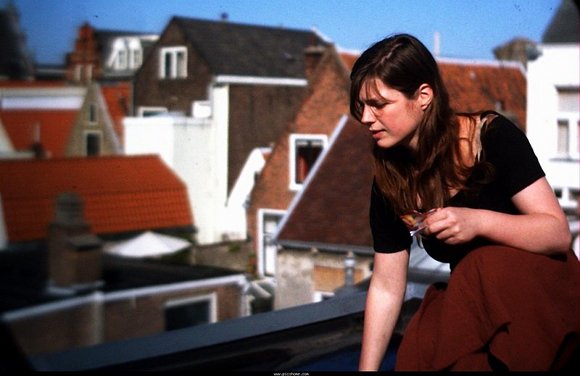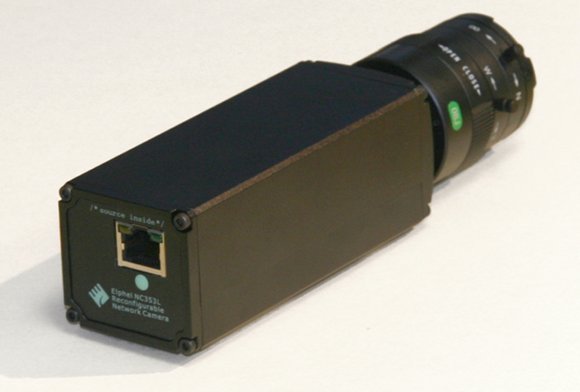
Forget deeper philosophical or political arguments for a moment. Right now, the proprietary chain of technologies for video, from sensors to firmware to software, is a mess. Lovely as a lot of camera technology is, pick up a modern digital camera and you’d be forgiven for wondering if its designers had ever seen a computer.
Part of what makes the Apertus project so interesting, then, is that its notion of open source cinema production is also one in which the camera is as open as the computer. The surprise is, this isn’t just a distant pipe dream. You can assemble many of the components of the Apertus today, and people are already shooting actual video with it. This is still DIY-only; there’s no date set yet for when this may be something you could buy. But there are already some tantalizing possibilities.

- A camera that’s greater than HD, here now: the open hardware / free software for the Elphel 353 already allows 16:0 and beautiful CinemaScope 2.35:1 with prices well within the stratosphere, at resolutions greater than 1080p. The camera is itself interesting, built to be a “network camera” with Ethernet on it. Bigger sensors or even full-frame sensors are in the works.
- Open codecs: Record to RAW, with open source Dirac Pro codec support in the works.
- Linux audio: You can right now use any USB audio interface with Linux support. That’s actually a plus, not a minus, because of the work being done on boxes like RME’s Fireface UC, which has Linux support and exceptional audio fidelity and performance.
- Open, touch-enabled software: Finally, this is a camera that you can control in hardware or on a touchscreen tablet PC using open software – a camera with an interface that is as intelligent as a computer interface. The work is being done with MPlayer and Java.
Sample footage, taken with the Elphel 333 camera on which Apertus is currently based, is available on the Apertus site. Below, a great example by David Roux-Fouillet and UsfProd. Keep in mind that the roadmap calls for better sensors down the road – but that, at the same time, this kind of footage is possible now with a really inexpensive camera.
Pièces de David Roux-Fouillet – Usf Prod – Failed Cocoon Time Lapse HD from UsfProd on Vimeo.
Of course, this really can’t be considered a full-blown solution yet, but I’m impressed with the amount of real progress so far. There’s clearly enough there to demonstrate why this concept could be useful. Have a look, and let us know what you think or what more you’d like to know:
